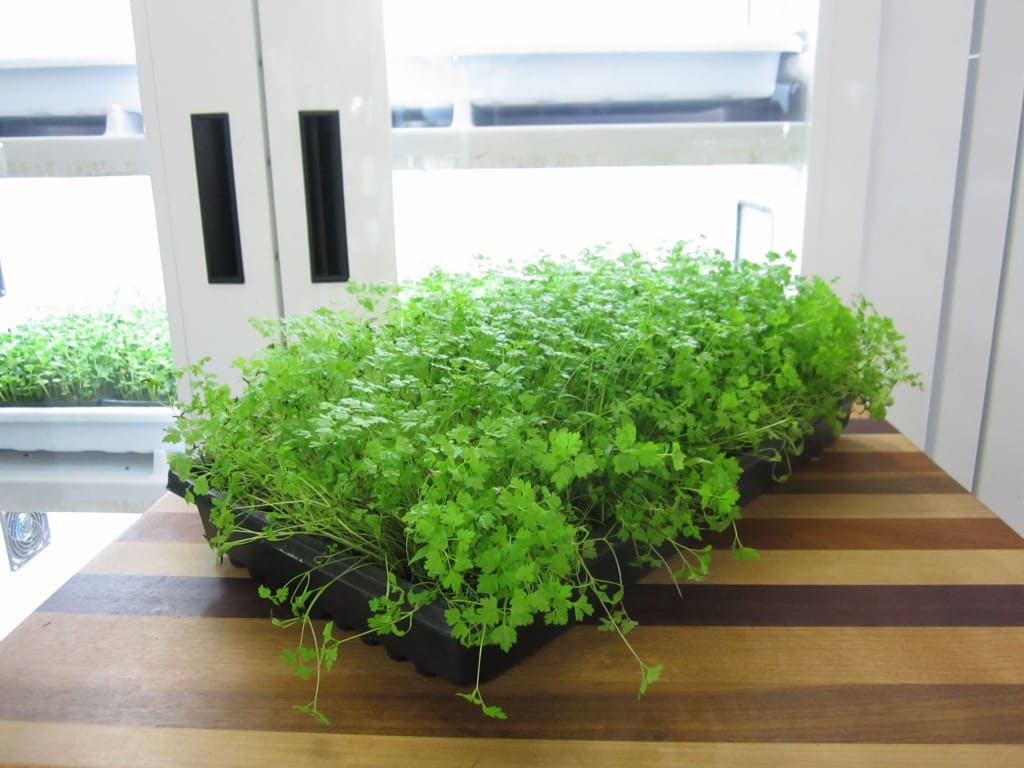26 Sep How To Grow Chervil

hat subtle, tender flavor-part anise, part parsley-that you’ve been trying to identify in the fish sauce, will almost certainly turn out to be chervil, the most retiring of the sister spices that make up the fines herbes of French cuisine, but one that’s good company and not to be overlooked.
Chervil is a member of the Carrot family and its leaves highly resemble carrot tops. The young green leaves, which smell similar to Anise, are collected before they lose their pungency and often preserved in vinegar.
Chervil is a warm herb. Its taste and fragrance fill the senses the way warmth does, slowly, subtly. You notice chervil in the background, and you are glad to find it there because its flavour and fragrance are themselves warm and cheering.
There are two main varieties of chervil, one plain and one curly. Hardy annuals, they have a fernlike leaf structure as delicate and dainty as their flavor is subtle. The stems are branched and finely grooved, and the root is thin and white.
Tips for keeping your Chervil happy
Chervil goes to seed quickly in the heat, and in fact, unlike most other culinary herbs, prefers a cool, moist and shaded location. To promote growth and a longer season, pinch off the tops. Successive plantings will help to give you a longer harvest.
Chervil is one of those herbs that does well growing in containers. As the plant matures, the leaves tend to turn a purple, bronze color. At this stage they also lose the pungency of their taste, so use only the young green leaves. Chervil can be sheared back without worry and will in fact return fuller and denser.

